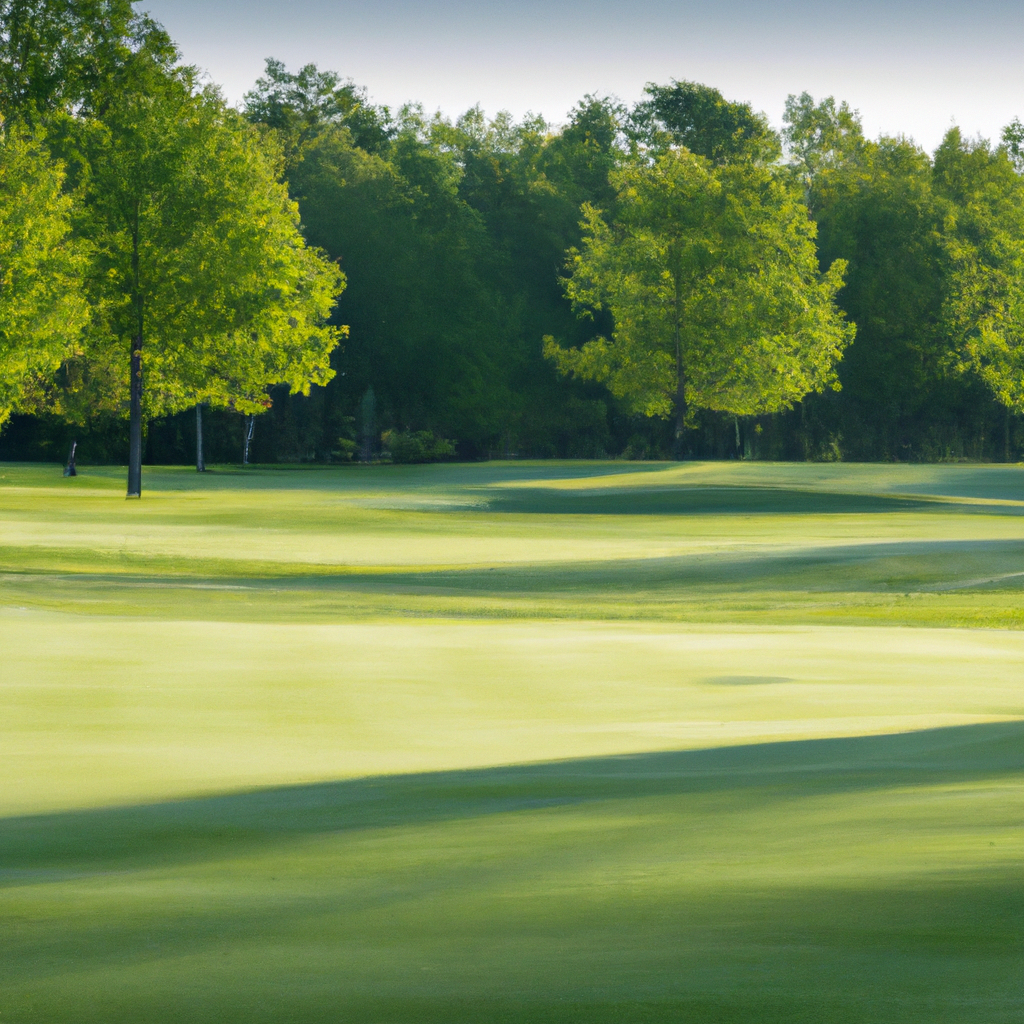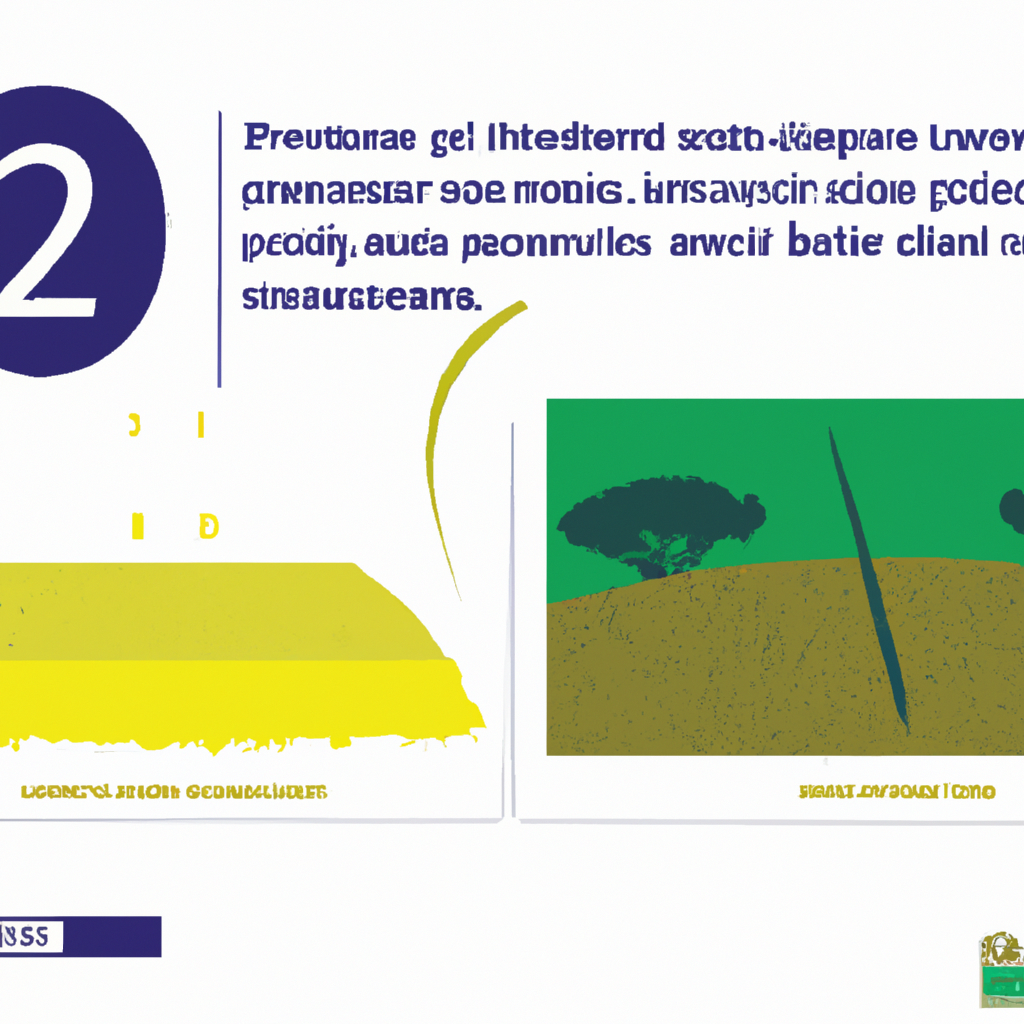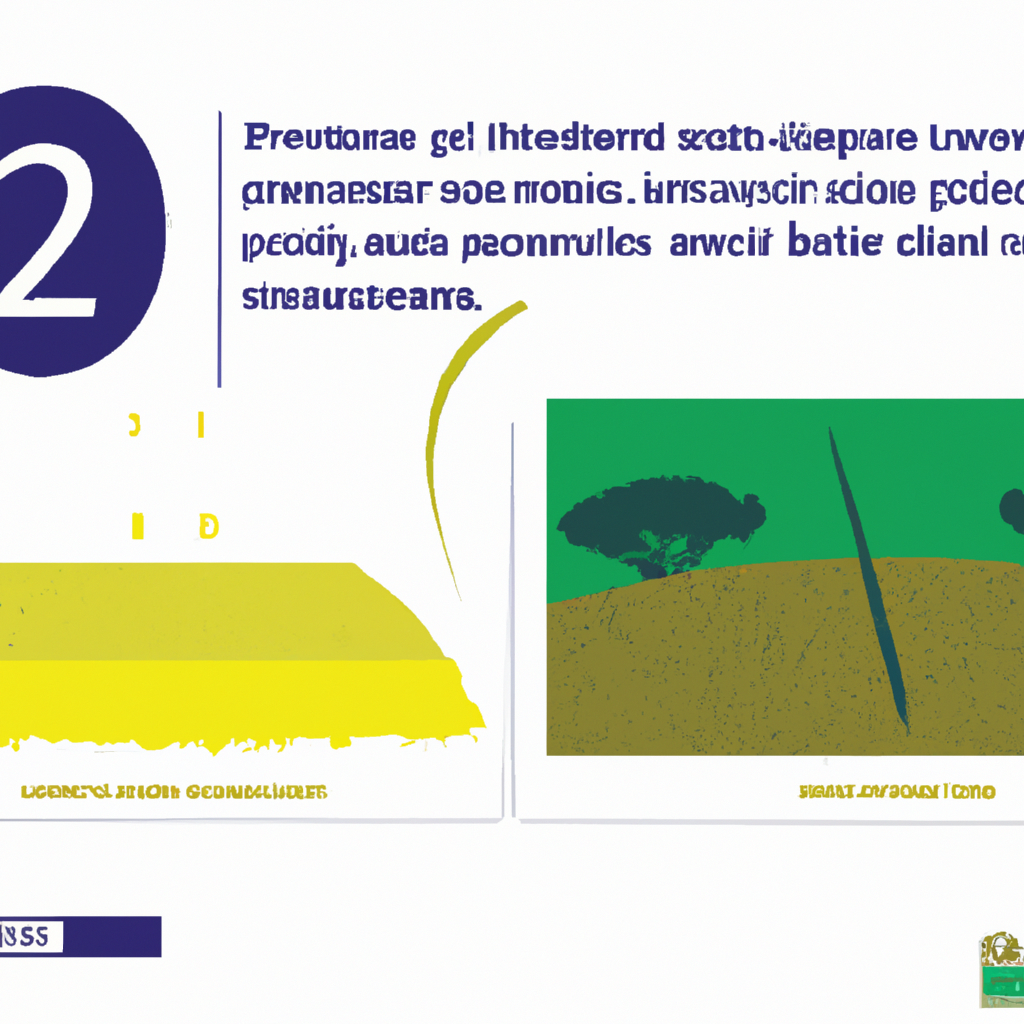We may earn money or products from the companies that may be mentioned in this post.
Imagine stepping onto a beautifully manicured golf course with the warm sun gently kissing your skin. The slight breeze is just enough to keep you cool as you prepare to take your first swing. In the world of golf, finding the perfect temperature for a game can make all the difference in your overall experience. Too hot, and you’ll find yourself sweating and fatigued. Too cold, and gripping the club becomes a challenge. Join us as we explore the quest for the ideal temperature, discovering just how cold is too cold for golf.

The Perfect Golfing Weather: Finding the Ideal Temperature for a Game
Golf is a sport that combines physical skill and mental focus, requiring players to navigate through various challenges on the course. One factor that can greatly impact a golfer’s performance is the temperature. Finding the ideal temperature for a game is crucial, as it can affect everything from swing mechanics to mental focus. In this article, we will explore the factors to consider when determining the perfect golfing weather, the effects of temperature on golfing performance, and the ideal temperature range for a game.
Factors to Consider
When it comes to finding the ideal temperature for a game of golf, there are several factors to consider. These factors can vary depending on personal preference and the location of the golf course. Let’s take a closer look at each factor:
1. Season
The season plays a significant role in determining the temperature on any given day. During the summer months, temperatures tend to be warmer, while winter brings cooler temperatures. Spring and autumn offer a milder climate, making them favorable for golfing. Considering the season can help you choose the best time for a game based on your tolerance for varying temperatures.
2. Time of Day
The time of day is another important factor to consider when it comes to temperature and golfing. Early morning tee times often come with cooler temperatures, while midday can bring warmer conditions. The temperature can steadily rise or fall throughout the day, so it’s essential to plan your game accordingly. Some golfers may prefer the cooler morning temperatures, while others may enjoy the warmth of the afternoon sun.
3. Location
The location of the golf course can greatly influence the temperature. Courses located in coastal areas may experience cooler breezes, while those situated inland might have warmer temperatures. Additionally, courses at higher altitudes tend to be cooler than those at lower elevations. Considering the location will help you gauge the expected temperature range for your game and prepare accordingly.
4. Personal Preference
Lastly, personal preference plays a significant role in determining the ideal temperature for a game of golf. Some golfers may thrive in cooler temperatures, while others may prefer warmer conditions. It’s important to consider your individual comfort level and how temperature affects your performance and enjoyment on the course. Experimenting with different temperatures can help you identify your ideal golfing weather.

Effects of Temperature on Golfing Performance
Temperature can impact golfing performance in both physical and mental aspects. Understanding these effects can help golfers adapt their game based on the temperature conditions they encounter. Let’s delve into how temperature can influence golfing performance:
2.1 Physical Performance
2.1.1 Impact on Swing Mechanics
Temperature can affect the body’s flexibility and range of motion, both of which are vital for a successful golf swing. In colder temperatures, muscles tend to tighten, making it more challenging to achieve a full range of motion. On the other hand, warmer temperatures can loosen muscles, potentially leading to overextension. Finding the right balance of temperature can provide optimal conditions for consistent swing mechanics.
2.1.2 Ball Flight and Distance
Temperature can also impact the flight and distance of the golf ball. In cooler temperatures, the ball tends to travel less due to the denser air. This decreased distance can affect club selection and shot strategy. Conversely, warmer temperatures can lead to the ball traveling further due to the less dense air. Understanding these temperature-related changes can help golfers make more informed decisions on the course.
2.1.3 Club Grip and Feel
Another aspect of physical performance affected by temperature is club grip and feel. In colder temperatures, golfers may experience difficulty maintaining a proper grip on the club due to numbness or reduced sensation. Conversely, warm temperatures can cause sweaty hands, leading to a slippery grip. Maintaining a comfortable club grip and feel is crucial for executing consistent shots, making the ideal temperature important in this regard.
2.2 Mental Performance
2.2.1 Focus and Concentration
Temperature can have a significant impact on a golfer’s mental performance. Extreme temperatures, whether too hot or too cold, can be distracting and lead to decreased focus and concentration. Finding the ideal temperature range allows golfers to maintain mental clarity and remain fully engaged in their game. This enhanced focus can positively influence decision-making and overall performance.
2.2.2 Mood and Attitude
Temperature can also affect a golfer’s mood and attitude on the course. Uncomfortable temperatures can lead to frustration or irritability, negatively impacting the overall enjoyment of the game. Playing in conditions that are too hot or too cold can create discomfort and hinder a golfer’s ability to maintain a positive mindset. The ideal temperature range can contribute to a more enjoyable and pleasant golfing experience.
2.2.3 Fatigue and Endurance
Extreme temperatures can also lead to increased fatigue and reduced endurance. Playing in hot weather can cause dehydration and heat exhaustion, while colder temperatures can drain energy levels. Both scenarios can result in decreased performance and even potential health risks. Finding the perfect temperature range can help golfers maintain optimal energy levels throughout the game and ensure peak performance.
The Ideal Temperature Range for Golf
Finding the ideal temperature range for a game of golf can greatly enhance your overall experience and performance on the course. Let’s explore the advantages and disadvantages of different temperature ranges:
3.1 Cooler Temperatures (Below 60°F / 15°C)
3.1.1 Advantages
Cooler temperatures can provide a refreshing and invigorating atmosphere for a game of golf. The lack of excessive heat can prevent fatigue and allows for increased focus and concentration. Additionally, cooler temperatures often result in less crowded courses, providing a more peaceful and enjoyable golfing experience.
3.1.2 Disadvantages
Playing in cooler temperatures may require additional layers of clothing to stay warm. This added bulk can restrict movement, potentially affecting swing mechanics. Additionally, cooler temperatures can make it more challenging to maintain a comfortable grip on the club, especially if hands become numb or less responsive.
3.2 Mild Temperatures (60-75°F / 15-24°C)
3.2.1 Advantages
Mild temperatures offer a balanced and comfortable environment for golfing. It allows for optimal flexibility and range of motion while maintaining a pleasant climate. Mild temperatures provide a neutral playing field for golfers where swing mechanics, ball flight, and mental performance can be optimized.
3.2.2 Disadvantages
There are relatively few disadvantages to playing in mild temperatures. However, it’s essential to consider personal preferences as some golfers may thrive in warmer or cooler conditions. Additionally, mild temperatures can vary depending on humidity levels, so it’s crucial to factor in other weather conditions when determining the ideal temperature range.
3.3 Warmer Temperatures (Above 75°F / 24°C)
3.3.1 Advantages
Playing in warmer temperatures can provide a relaxed and enjoyable golfing experience. The warmth can increase muscle flexibility and endurance, leading to improved swing mechanics and ball flight. Warmer temperatures often create a vibrant and lively atmosphere on the course, enhancing the overall enjoyment of the game.
3.3.2 Disadvantages
One of the primary concerns of playing in warmer temperatures is the increased risk of dehydration and heat-related illnesses. It’s crucial to stay hydrated and take necessary precautions to prevent overheating. Additionally, extreme heat can cause fatigue, affecting both physical and mental performance. Being aware of the potential disadvantages of warmer temperatures helps golfers make informed decisions for their game.
Conclusion
Finding the ideal temperature for a game of golf is a personal and subjective matter. Considering factors such as the season, time of day, location, and personal preference can help determine the perfect golfing weather. Understanding the effects of temperature on golfing performance, both physically and mentally, allows golfers to adapt their game accordingly. Whether it be cooler, mild, or warmer temperatures, each range has its advantages and disadvantages. By selecting the ideal temperature range, golfers can optimize their performance and enjoy the game to its fullest potential. So, next time you head out to the golf course, take a moment to consider the temperature and create the perfect golfing experience for yourself.
